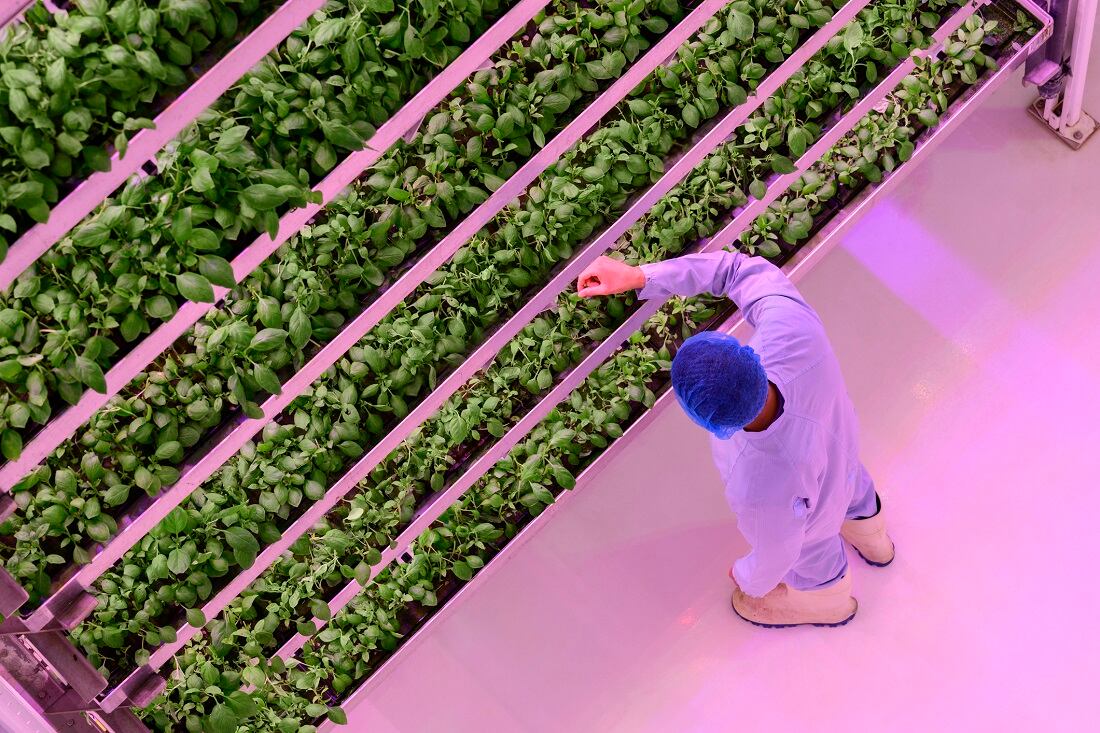The country is set to launch its first agriculture satellite in 2026 as part of its strategy to respond to climate-related disasters and enhance its food security.
The country’s Ministry of Agriculture, Food and Rural Affairs (MAFRA) updated the progress of the satellite on May 12, after Minister of Agriculture, Food and Rural Affairs Song Miryung visited the Korea Aerospace Industries (KAI).
MAFRA was also joined by the Korea AeroSpace Administration (KASA), the Rural Development Administration (RDA), and the Korea Forest Service (KFS).
Recently, MAFRA published a report forecasting average production levels for apples and pears in the 2025 season.
Apple harvests were affected by low temperatures and the March wildfires, which affected 1.4% of the nation’s cultivation land.
The wildfires were regarded as the worst in the country’s history.
The outbreak involved more than 20 separate blazes across the country, killing 32 people and displacing more than 37,000 people.
While there were reports that anticipated a sharp production decline due to reduced cultivation area, the actual impact MAFRA expects the actual impact to be minimal.
This is because the wildfires damaged areas with young tree with low fruit-bearing potential.
At the same time, high pollination rates are expected to ensure a good harvest.
National pear harvests are also expected to reach average output as cold damage is expected to be less than usual.
Although parts of Sangju in North Gyeongsang province were hit by low temperatures, major production hubs including Naju, Asan, and Anseong escaped largely unscathed.
MAFRA said it would step up efforts thinning and other orchard management practices to support optimal fruit development moving forward.
Action against extremes
At the same time, the ministry is taking action in anticipation of more extreme weather events.
It said it plans to strengthen crop monitoring with product-specific growth management councils and improve resilience by providing nutritional supplements and pesticides as needed.
On May 14, MAFRA reviewed its disaster prevention measures ahead of the summer season.
The ministry said forecasts were predicting above-average rainfall, typhoons, and heatwaves as a result of climate change.
Officials from national and local agencies discussed plans that covered irrigation, horticulture, livestock, and forestry.
According to MAFRA, inspections of vulnerable infrastructure were completed by April and improvements are expected to be made before the season begins.
MAFRA said that from May 15 to October 15, a 24-hour disaster response system will be operated in addition to public awareness campaigns to help farmers prepare for extreme weather.
“We plan to actively promote safety management tips for crops and agricultural facilities in the summer and precautions for farmers during heat wave special reports, and to actively provide step-by-step farm preparations so that farmers can respond in advance according to weather special reports through text message, TV news, and village broadcasting.”





